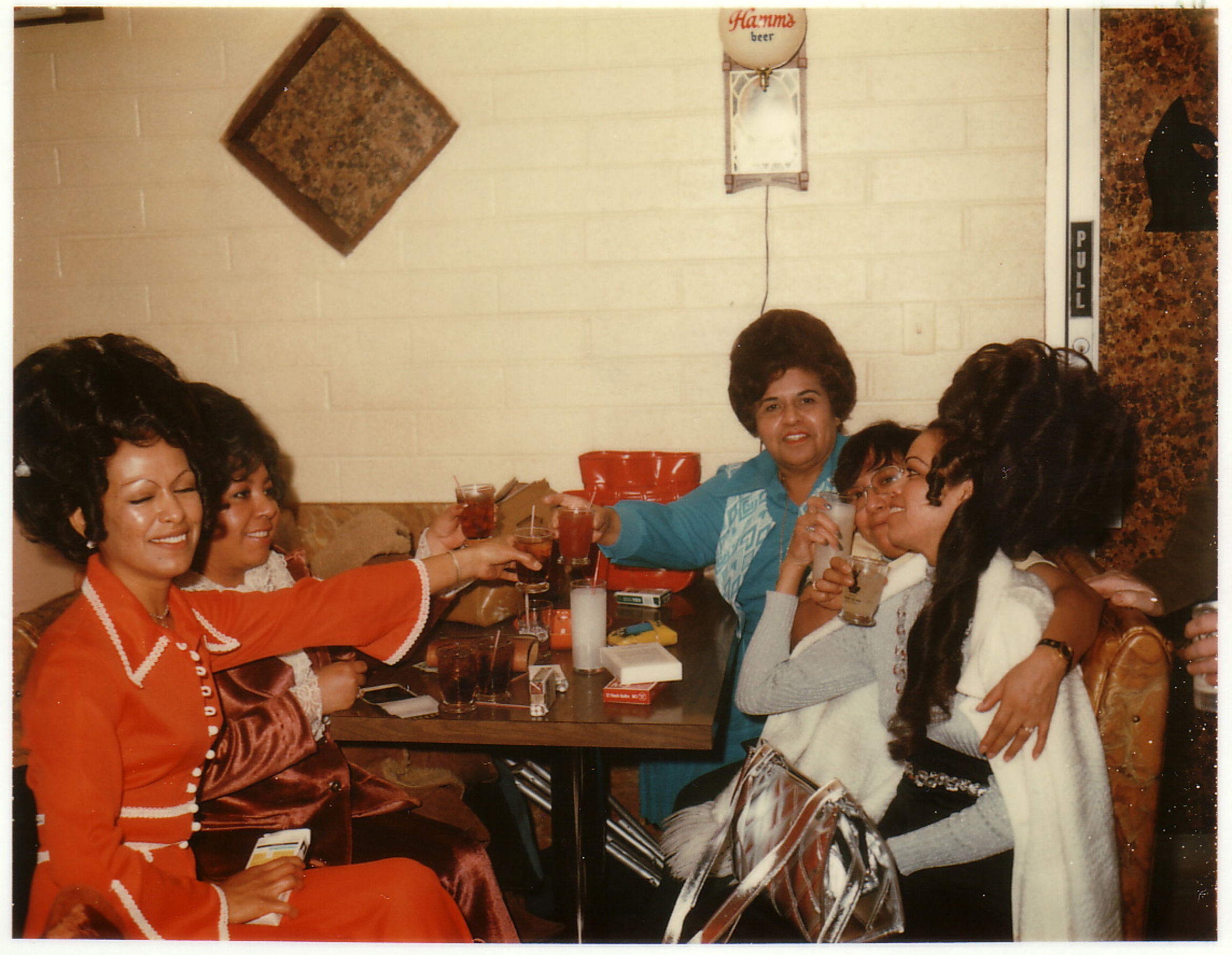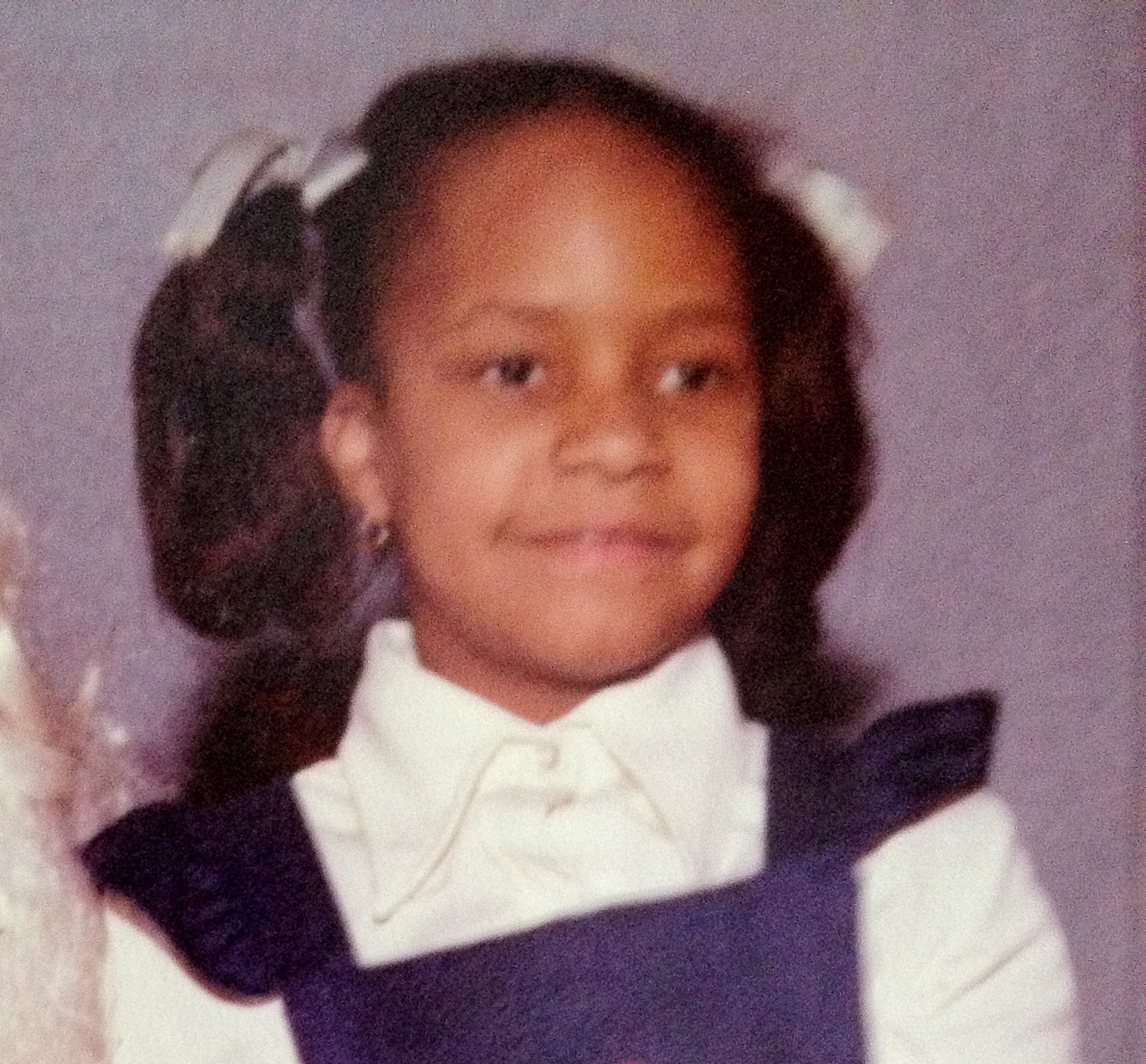Sharon Bruno - Betsy's Pancake House. New Orleans, Louisiana
To the casual observer, waitressing can appear to be a brutal, exhausting job but the women I interviewed for Counter Culture assured me they thrive on the madness.
Virginia Brandon, age 68, works at the Rainbow coffee shop located inside a casino in Henderson, Nevada. At the Rainbow waitresses are trained to “turn” (seat consecutive customers) their tables as quickly as possible because upper management wants diners back out in the casino gambling. Virginia said, “We’re faster than McDonalds. They want servers who can ‘burn and turn.’ A four-top can sit, order, eat and be the hell out of here in twenty minutes. You put your toast in the toaster, hang your check, and them eggs will be cooked before that toast pops up. I’m not exaggerating. On my dinner shift, nobody takes a break. From five o’clock to nine o’clock you’ve got a waiting line of an hour. You don’t have a cigarette, you don’t go to the bathroom, you don’t even breathe—you just run, yelling at everyone in your way, ‘Behind ya! Behind ya! Coming through, arms loaded!’ If you don’t get out the way, you’re gonna get knocked out.”
Jodell said with a serious look, “Here at the Pie ‘N Burger, sometimes the orders come up so fast, you can’t keep up with them. You really have to hustle. But I love it. The busier it is, the better I like it.”
Jodell Kasmarsik - Pie 'n Burger. Pasadena, California
The reward for managing chaos is the tip. Sprinting through the restaurant with dishes in tow, coffee sloshing from side to side, gravy sliding to the edge of the plate while catching up on the latest gossip with customers. . . it’s all in a day’s work. The body and mind work in tandem like a machine. Her mind instantly computes, tallies, and prioritizes while her eyes scan the room for drink refills. Fast waitresses can make twice as much money than slower ones simply because they are serving more customers in the same amount of time. Sammi DeAngelis says, “I’m really fast. I get tipped pretty well, not perfectly, but pretty well. I usually make out better than the other girls. While the they are ringing $600 a night, I’m ringing $1000. As long as they can seat me, I can fly and do it. I’m here to turn my tables and get the food out, hot, fast and fresh.”
It’s all about turnover. Time flies as their coffee-stained aprons swell with dollar bills forming bulges in places you normally wouldn’t want. If everything goes off without a hitch, they feel a sense of pride because they have managed a situation that most people couldn’t handle. After a Saturday night rush at the Pie ’n Burger, an observant customer told Jodell, “My God, you are absolutely fabulous.”
Rachel DeCarlo - Sittons North Hollywood Diner. North Hollywood, California
Once her customers leave, her day isn’t over. Almost a quarter of the job is side work, which consists of scrubbing, slicing, sweeping, wiping, refilling, and restocking sticky condiments. Sometimes, it’s not until after she sits down to balance her checks that she begins to feel her feet throb. She’s usually too busy during her shift to notice the physical toll the day has taken on her body.
Rachel DeCarlo worked the graveyard shift at Sittons North Hollywood Diner from the age of 64 to 77. She said, “Of course I have the aches and pains of old age. When it’s a busy day, I go home and I practically die. But I enjoy it when we’re busy. I think it’s exciting. Last Sunday I was so tired from my Saturday night shift I didn’t even get dressed. But I feel better after I rest and then I’m ready to go back and do it again.”



































































